Utility potholing services using advanced techniques like vacuum and hydro excavation are crucial for safe and efficient maintenance of critical infrastructure. These non-destructive methods accurately locate gas, water, electrical, and telecom lines, minimizing damage in densely populated areas. By preserving utility integrity and preventing disruptions, these services ensure controlled and precise potholing, making them indispensable for professional construction project management.
Reliable potholing for gas, water, electrical, and telecom lines is an indispensable service ensuring safe infrastructure maintenance. In this digital age, professional utility potholing techniques like vacuum excavation have revolutionized the industry. This article explores the significance of these services, delving into the process of non-destructive vacuum excavation potholing. We’ll also highlight benefits such as precise utility line exposure and location, underscoring why choosing a competent provider is crucial for seamless operations and safety.
Understanding the Importance of Reliable Potholing Services
Reliable potholing services play a pivotal role in ensuring the safety and efficiency of critical infrastructure across various sectors. Gas, water, electrical, and telecom lines are essential utilities that support modern life, and their protection is paramount. Professional utility potholing, often achieved through advanced techniques like vacuum excavation potholing and hydro excavation potholing, offers numerous benefits.
These non-destructive potholing methods enable precise utility location, minimizing the risk of damaging exposed lines during construction or maintenance projects. By employing these professional services, project managers can achieve safe potholing, ensuring the integrity of underground utilities and preventing costly disruptions. This meticulous approach is particularly crucial in densely populated areas where the labyrinthine network of utilities demands careful navigation.
The Process of Vacuum Excavation Potholing
The process of vacuum excavation potholing is a highly specialized and non-destructive method used by professional utility potholing services to expose and locate underground utility lines, such as gas, water, electrical, and telecom cables. This technique involves using a powerful vacuum system to gently suction soil and materials from the ground, revealing the precise location of buried utilities. By employing hydro excavation potholing or vacuum excavation, utilities can be accessed without causing damage to these essential services, ensuring safe potholing services and minimizing disruptions to the surrounding area.
This method is particularly beneficial for precise utility location as it allows operators to see exactly where they are digging in real time. Unlike traditional mechanical excavation methods, which can result in accidental damage or exposure of utilities, vacuum excavation potholing offers a controlled and accurate approach. This non-destructive potholing technique is a game-changer in the infrastructure maintenance industry, enabling efficient and safe access to subsurface utility lines while preserving the integrity of these vital services.
Benefits of Non-Destructive Potholing Techniques
Non-Destructive Potholing Techniques offer numerous advantages for reliable utility potholing services, ensuring safe and precise installations. This method, often referred to as vacuum excavation potholing or hydro excavation potholing, allows professionals to uncover and expose utility lines without causing damage, making it a preferred choice for accurate utility line mapping and location. By employing advanced machinery, such as high-pressure water jets or air vacuums, these techniques create precise holes in the ground, enabling easy access to buried infrastructure like gas, water, electrical, and telecom lines.
This non-invasive approach is particularly valuable for cities with dense underground networks, where navigating through existing structures without disrupting them is essential. Professional utility potholing companies utilizing hydro excavation or vacuum methods can quickly and safely identify and mark these critical lines, minimizing the risk of costly accidents during construction projects. This method also promotes efficient project management, as it allows workers to plan and execute digging operations with confidence, ensuring the integrity of underground utilities.
Ensuring Safe Utility Line Exposure and Precise Location
Utility potholing services have become indispensable in ensuring safe utility line exposure and precise location during construction projects. Professional utility potholing experts utilize advanced techniques like vacuum excavation potholing, also known as hydro excavation potholing. This non-destructive potholing method allows for accurate mapping of underground utilities, including gas, water, electrical, and telecom lines, before excavation begins. By employing these cutting-edge practices, safe potholing services mitigate the risk of damaging critical infrastructure, thus safeguarding both public safety and utility service continuity.
With subsurface utility potholing, professionals can accurately identify and mark the exact locations of underground utilities. This precision is crucial for avoiding costly mistakes and potential disasters that could result from accidental damage to these vital lines. The use of advanced equipment in vacuum excavation potholing ensures that utilities are exposed without causing harm, enabling efficient project planning and execution.
Reliable potholing services, especially through advanced techniques like vacuum excavation and non-destructive methods, are indispensable in ensuring safe utility line exposure and accurate subsurface utility location. By employing these professional utility potholing practices, we can enhance safety, reduce damage to critical infrastructure, and streamline project efficiency. Hydro excavation potholing stands out as a game-changer, offering precise and secure access to underground utilities while preserving the integrity of surrounding areas.
